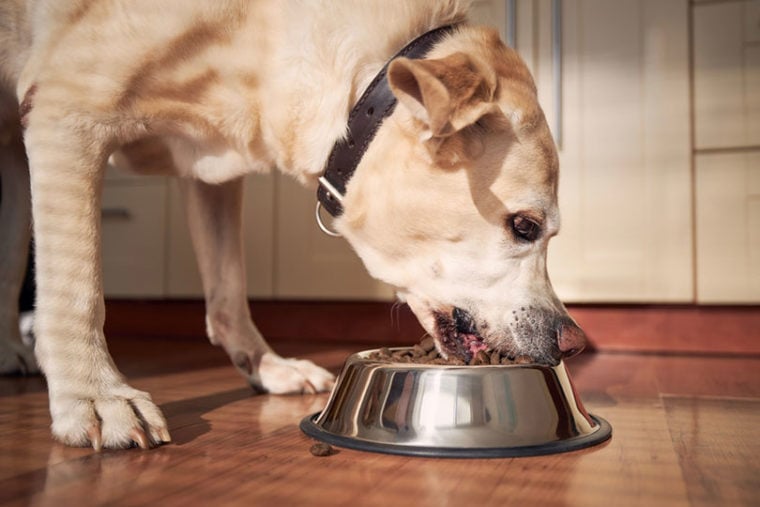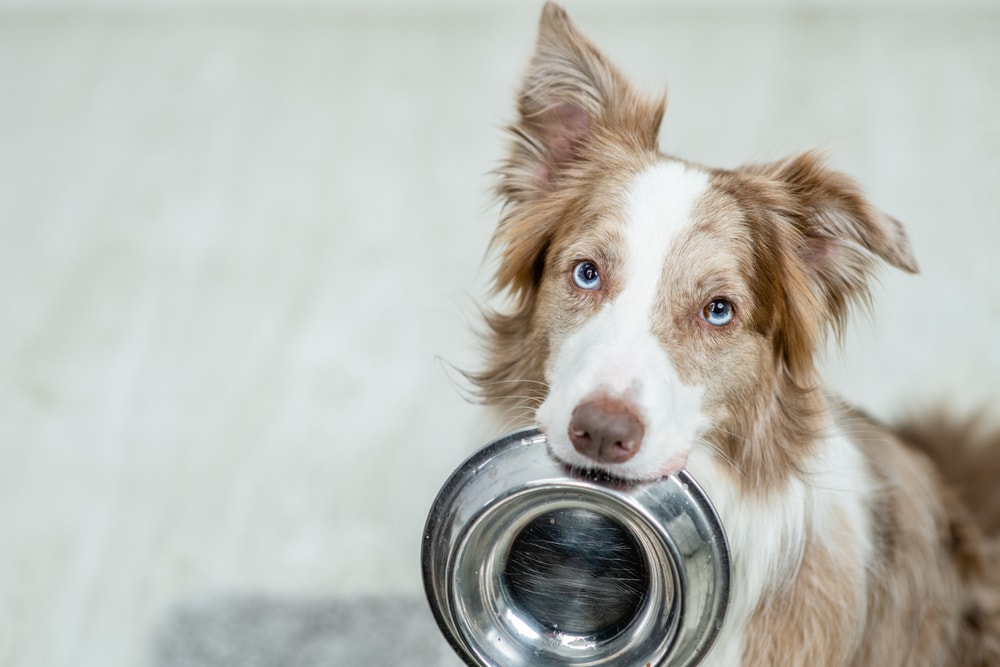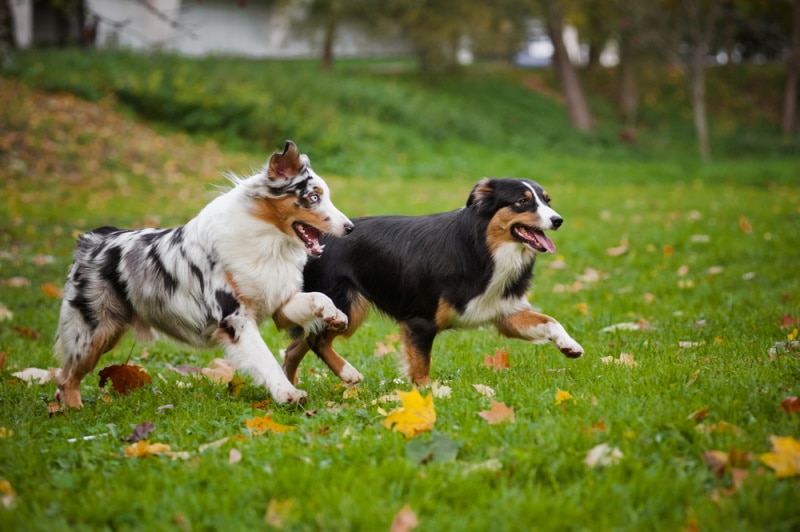
It can be tough to determine what kind of food we should provide our dogs, as there are so many different brands and flavor options on the market today. One of the newer options is grain-free dog food. It seems popular among many dog owners, but is it healthy for dogs? Should we seek dog food without grains, even if it costs more than other leading brands?
The short answer is that grain-free dog foods are not a good option for most dogs and may not be healthy. Here’s more information about all this.
 Grain-Free Dog Food Should Be Avoided Most of the Time
Grain-Free Dog Food Should Be Avoided Most of the Time
Unlike carnivorous cats, dogs are omnivores and can get their nutrients from a variety of foods, including animal protein, fruits, vegetables, and grains. Grains are a great source of nutrients, such as linoleic acid and vitamin E, which dogs require for good health. The Food and Drug Administration has also warned that grain-free dog food might contribute to developing a troubling heart disease called dilated cardiomyopathy. The link is not conclusive, and more research is needed. However, caution may be needed when choosing a grain-free dog food, and a balanced recommendation is to avoid foods with legumes in the top four ingredients by weight. Instead, choose a food that includes healthy whole grains as part of the recipe.
It is proposed that it is not the fact per se that the food is grain-free that is the problem, but more than grain-free or boutique diets rely on other nutrient sources. The inclusion of peas and other legumes, such as lentils or chickpeas, is needed in these diets to provide adequate nutrition in place of grains like rice and corn, and this may be where the problem lies. Research is ongoing.

When a Dog Should Have Grain-Free Food
In rare cases, a dog might be allergic to one or more grains. If this is true for your dog, your veterinarian might recommend grain-free dog food. Gluten allergies are rare but can be seen in breeds such as Irish Setters and Border Terriers.
What Grains to Look for in Dog Food
A commercial dog food might include all kinds of different grains to enhance its nutrition levels. Most grains are good for dogs, so there is no need to avoid them when choosing a dog food to purchase. However, it is usually recommended that a meat protein is listed first in the ingredients list and that grains are found further down.
Grains that you might see in a dog’s food ingredients list include:
Any one or a combination of these grains are healthy options for dogs of all shapes, sizes, ages, and breeds.
Ensuring That Your Dog Gets Enough Grain in Their Diet
If the food you choose has at least one grain as a main ingredient, your dog is likely getting plenty of nutrients from the grains in the food. However, if the grains are lower on the ingredients list or there are no grains listed, you can add extra nutrition to the food by mixing a small amount of rice, corn, or another grain into the food before serving. The grains should make up no more than about 10% of your dog’s meal at any given time.

Conclusion
The verdict seems to be that we should embrace dog food that includes some grains, no matter what fads might be in place. Grains are good for most dogs and shouldn’t be shied away from other than in allergies. Luckily, plenty of dog food brands on the market include healthy grains in their formulas, so you won’t be hard-pressed to find something that your pooch greatly enjoys.
Featured Image Credit: Jaromir Chalabala, Shutterstock

 Grain-Free Dog Food Should Be Avoided Most of the Time
Grain-Free Dog Food Should Be Avoided Most of the Time




